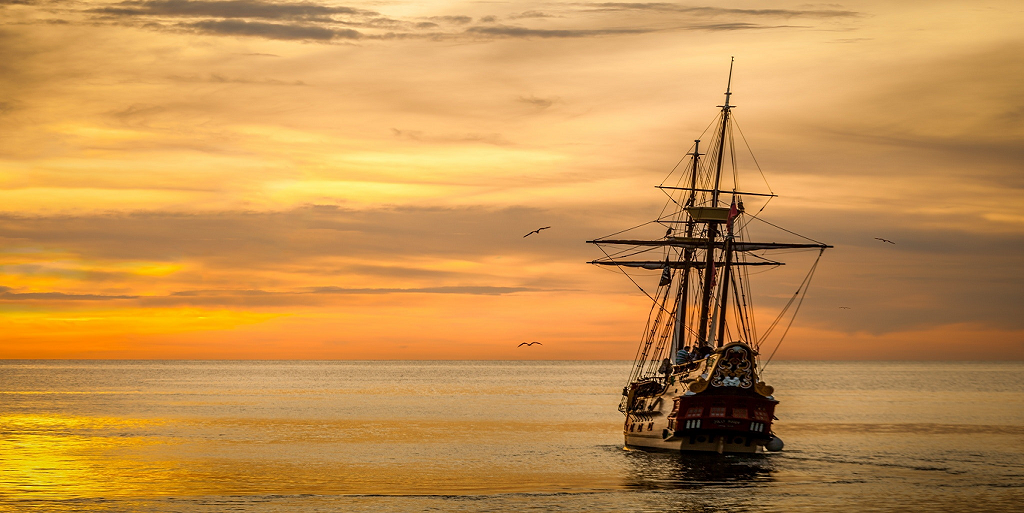Dreitheos
It's such a big place. So big and yet so small sometimes, with the alleys and crannies the street urchins manage to squeeze themselves into. I can't remember a time when there wasn't smoke in the air or soot on every wall and window. It has its own beauty, though. If you look up at night, the smoke is filled with glowing embers. They almost look like stars.
Government
Order in this city is mostly kept by the local police force, paid for by the city's governor. They work to keep crime off the streets and try to bring the homeless to recently constructed shelters. They're supplemented by the volunteer militia, though they tend hunt down any rumoured witches or renegades more than keep general peace and order. The city is held under strict laws in an attempt to keep in check the growing homeless population as well as reign in the fierce competition between forges by regulating how close similar smiths can be in proximity to each other.
Industry & Trade
Dreitheos is most famously known for its metalworking. From processing ores to casting iron and forging anything from nails to swords. The majority of inhabitants will be blacksmiths, whitesmiths, coppersmiths, or some other variety of metalworker, though a fair number of citizens will also be builders, either expanding or building new forges and housing to accommodate the constantly expanding population.
Lumber and food are the two major imports to the city. Lumber, of course, being for construction as well as to fuel the forges. Not much in the way of crops can grow in the city due to all the smoke and soot, so fruits, vegetables, and grains are the chief food imports.
Infrastructure
The city is dotted with forges and foundries. The roads are constructed primarily of broken slate, and the only bridge of note is the Quarryman's Bridge crossing the Brisking River that runs through the north end of the city.
The port sports a sizeable shipyard, and is responsible for the majority of the city's exports.
Architecture
The structure of the housing is very utilitarian. Typically, only the wealthy will have anything decorated on the outside of their houses. Due to the high risk of fires, buildings are constructed primarily of rough gneiss or quartzite stones mined from further inland, with minimal wood for support and flooring. Slate is the most common roofing and road material. Most buildings will look some shade of grey, due to the amount of soot constantly billowing from the forges, but some newer constructions will actually show the colours of their walls for a few months, and some families will actually take the time to wash the outside of their houses once a year.




Comments